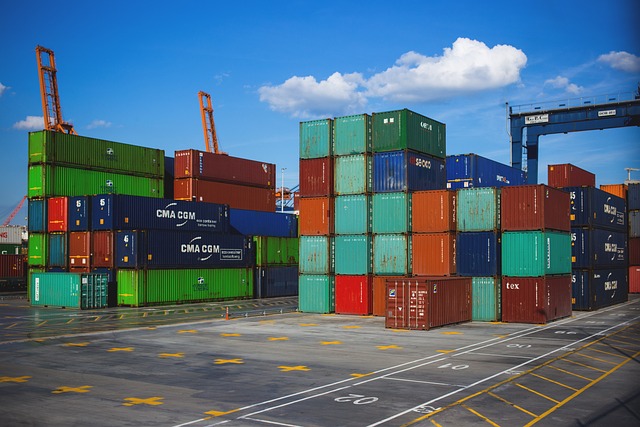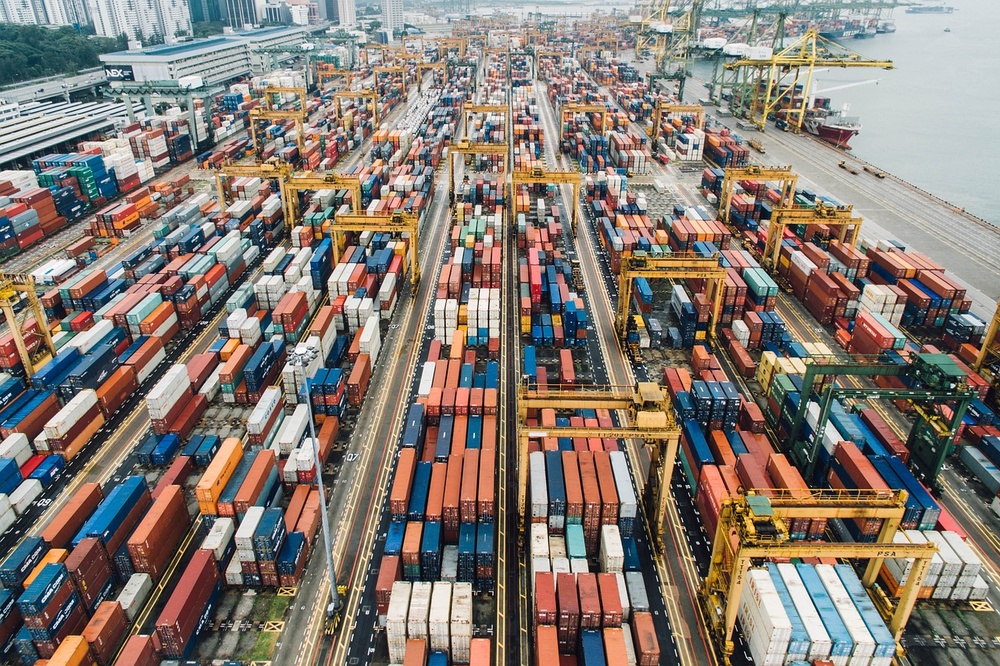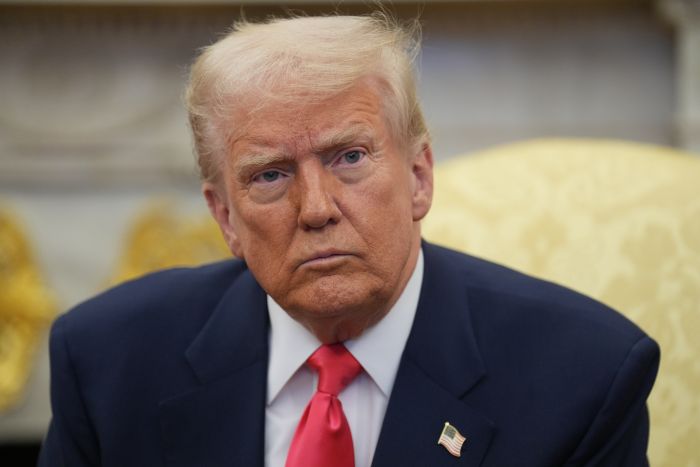- #China-US Competition
- #Economy & Trade
- #South Korea

● Trump’s “America First” vision, repackaged through the MAGA (Make America Great Again) doctrine, in essence is not isolationism. It’s industrial nationalism. The high-tariff threats, reciprocal trade policies, and accusations of allied freeloading are not ends in themselves. They are tactics—political theater meant to provoke shifts in global manufacturing, especially away from China and toward U.S. soil.
● This matters enormously for South Korea, a top-tier ally, key trading partner, and frontline state in the U.S.-China rivalry. Navigating this new era requires clear thinking, strategic engagement, and, above all, an unwavering focus on Korean national interest.
● Korea can either become a target of this pressure—or a partner in shaping its future.
By all appearances, Donald Trump’s foreign and economic policies are erratic. One day, he threatens allies with punitive tariffs. The next, he praises NATO—only to turn around and question its relevance. But underneath this seemingly willful shift of policy stance lies a consistent strategy: To rebuild America’s manufacturing base and reduce dependency on China, even if that means weaponizing tariffs, rattling allies, and turning diplomacy into a business negotiation.
Trump’s “America First” vision, repackaged through the MAGA (Make America Great Again) doctrine, in essence is not isolationism. It’s industrial nationalism. The high-tariff threats, reciprocal trade policies, and accusations of allied freeloading are not ends in themselves. They are tactics—political theater meant to provoke shifts in global manufacturing, especially away from China and toward U.S. soil. This matters enormously for South Korea, a top-tier ally, key trading partner, and frontline state in the U.S.-China rivalry. Navigating this new era requires clear thinking, strategic engagement, and, above all, an unwavering focus on Korean national interest.
MAGA, an American version of strengthening of self-reliance
The world’s anxiety is growing over Trump’s erratic diplomacy. It appears he is choosing isolationism, selfishness, unilateralism, and exceptionalism in the name of “Making America Great Again” (MAGA), even if that means dismantling the liberal international order and abandoning America’s global leadership. Some predict the end of the “West” and the arrival of a multipolar world. Others believe Trump is drawing a “grand plan” to build a new world order centered around the U.S. and its allies. The author agrees with the latter. The U.S. has no choice but to draw a grand strategy now, as it can no longer maintain superiority over China alone. The country has entered an era where it must increasingly rely on cooperation with allies and partners.
Even former President Joe Biden acknowledged this in his 2020 Foreign Affairs essay “Why America Must Lead Again,” where he called for a restructuring of the alliance system due to the U.S.’s limited resources to uphold the liberal order. Trump, too, never ignored the value of alliances in his first term but harbored deep resentment. He was irritated by the free-riding and lack of sacrifice from allies. As Michael Wolff noted in Fire and Fury, Trump frequently questioned who would sacrifice for America whenever “allies” were mentioned.
No task is more awkward for a U.S. president than admitting the country’s limitations. America’s pride and image won’t easily allow acknowledgment of its declining power. But this humility came through during a session at the Munich Security Conference in February 2024. We must understand Trump’s future diplomacy based on that shift.
Trump is not about abandoning alliances or global leadership. He knows the importance of allies. The overarching goal of his strategic vision is to rebuild America—to maintain not just global leadership but also U.S. dominance and hegemony. To achieve this, the U.S. must quickly shore up its weaknesses. The Trump administration wants to direct all its energy toward America’s reconstruction. At the February 2024 Munich Security Conference, then Vice President-designate J.D. Vance made a candid confession. He asked NATO and allied nations to help address America’s difficulties.
America’s confession
First, Vance claimed that East Asia is now the central focus of U.S. foreign policy, with a focus on China. He emphasized that U.S. diplomacy will focus on this region for the next 40 years. He also asked for understanding, saying this didn’t mean neglecting Europe. Second, the world, including the U.S. and its allies, must overcome material shortages, particularly in weapons production. Vance admitted America’s capacity to manufacture ammunition and military supplies is insufficient. He also said allies would have to shoulder a bigger role. Third, America needs its allies to take on more responsibilities. For over a decade, the U.S. has pressed allies to increase defense budgets and develop self-reliant military capabilities. Trump’s strategy continues this trend.
During the pandemic, Trump lamented the U.S. reliance on China for essential materials, even for masks and COVID treatments. The prolonged Ukraine war has further exposed America’s inability to self-produce basic munitions. Both Biden and Trump pushed for reshoring—bringing factories back to the U.S.—to restore manufacturing and secure critical military production.
While America focuses on national reconstruction, it expects allies to contribute more. This transition period is necessary for both the U.S. and its allies to survive. Before Vance’s 2024 confession, the U.S. hadn’t admitted these difficulties. Pride and fear of unsettling allies or exposing vulnerabilities to adversaries prevented open acknowledgment. And the Ukrainian war exposed it; its lack of capabilities to be self-sufficient with its own “artillery of democracy,” which can only be effective with a sound foundation of manufacturing industry.
Trump has no intention of abandoning U.S. hegemony or the liberal order. Instead, to preserve both, he recognize some of the important prerequisites the US must fulfill. That is, to recover America’s manufacturing force. And he wants to build this basis in four year time period, or during his tenure. As was presented in Vance’s remarks, it is urgent for America’s manufacturing base, which barely stands at 10% of GDP in 2021, to recover to the level of 25% in the 1950s.
Strategic options for Korea
Hence, Korea must avoid overreacting to legislation like the IRA or Trump’s tariff edicts. Many of these bills, rushed through for political gains, contain loopholes, contradictions, and vague implementation guidelines. Korea must monitor these evolving laws closely—not just for compliance, but for opportunity. Legal ambiguity can become leverage—if we’re prepared.
Trump’s tariff policies are not sustainable in their current form. But they are not meaningless. They are bargaining chips in a larger strategy to rebuild U.S. manufacturing, isolate China, and force allies into industrial alignment. Korea can either become a target of this pressure—or a partner in shaping its future.
That choice depends on how fast we adapt, how well we negotiate, and how clearly we define our national interest. Trump may shout about tariffs. But behind the noise lies an opening. If Korea plays it smart, this could be the moment we go from following U.S. policy—to helping write it.
Korea must act decisively. This is not just about securing exemptions from tariffs. It’s about embedding Korea in the emerging industrial architecture of post-pandemic, post-globalization trade. America’s reshoring is real—and Korea should not sit on the sidelines as the U.S. rewires its supply chains for security rather than cost. Korea’s shipbuilding, battery, and semiconductor sectors still offer unmatched leverage. Korea must flip the script. It should renegotiate to ensure high-tech manufacturing facilities are developed inside Korea. It should build domestic capabilities in MRO, battery materials, and AI semiconductors—not as protectionism, but as mutual resilience. Only then can Korea return to the bargaining table not as a supplicant, but as a co-architect of the new industrial order.
Some in Seoul advocate for “package deals” with the U.S.—buying more American gas, investing more in U.S. plants, or relaxing domestic regulations in exchange for tariff relief. But this approach is dangerously one-sided. These packages often emphasize what Korea must give—while glossing over what it must secure. Despite generous Korean investments, the U.S. pressed ahead with high tariffs. Trump praised the deals in public and moved on. Korea must not be drawn into businesslike concessions without political guarantees.
Instead of chasing ad-hoc deals, Korea must play a long game. That means strengthening domestic regulation in industries like energy, environment, and procurement—areas repeatedly flagged by the U.S. as “non-tariff barriers.” Korea also needs to build global leadership in sustainable manufacturing. It will make Korea not just a participant in U.S.-led supply chains—but a pillar.
Jaewoo Choo is Professor of Chinese foreign policy in the Department of Chinese Studies at Kyung Hee University. He served as the president of the Korea-China Social Science Studies Association(2022-23) and the Korea Association of International Area Studies(2023). He is also a director of China Studies Center at the Korean Research Institute for National Strategy and was a research fellow at the National Security Policy Institute and International Trade Institute. He was a visiting fellow at the Brookings (2014). Research interests are Chinese foreign policy, multilateral security cooperation, US-China relations, and China-North Korea relations. Recent publications include US-China relations for Koreans: From Korean War to THAAD Conflicts (Seoul: Kyung-In Publishing House, 2017), and US and China’s Strategy on the Korean Peninsula: Reading from the Facts (Seoul: Paper & Tree, 2018), US and North Korea Relations: The Fate of the History (Seoul: Gyeonggye, 2022), Incommunicable Chinese Dream (Seoul: HAA, 2024).

